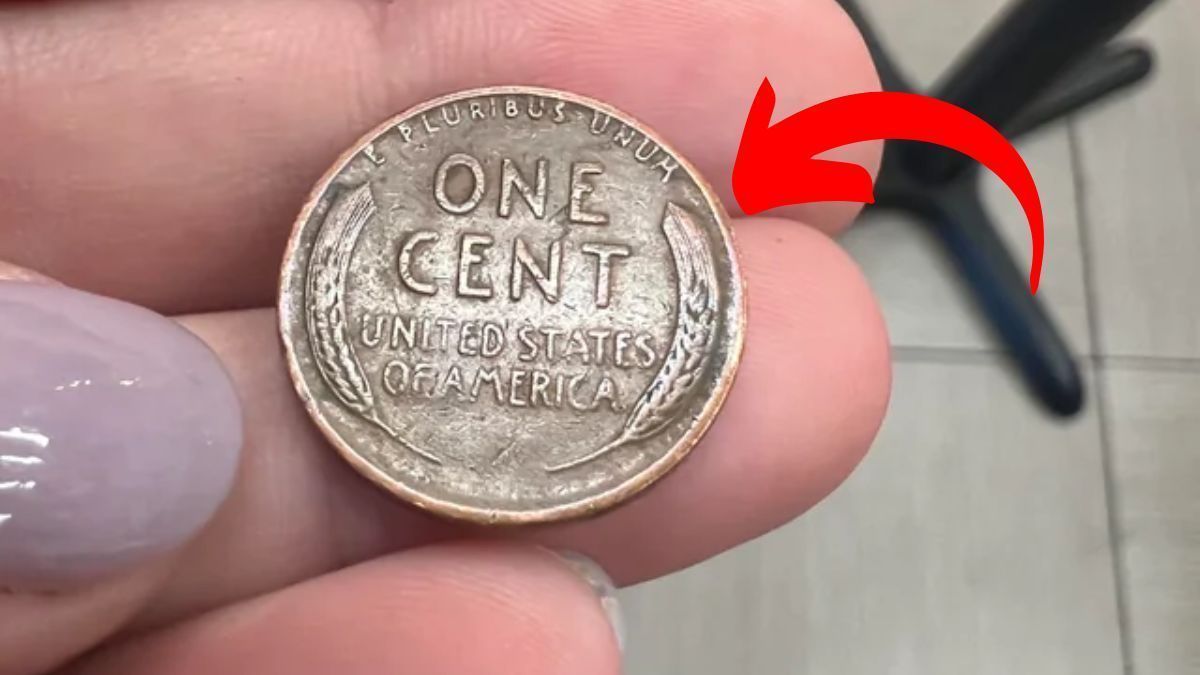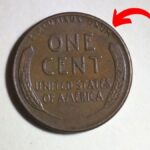Could a humble one-cent coin be worth millions ? That’s the question driving thousands of collectors and curious individuals to scrutinize their spare change. The Lincoln Wheat Penny, minted between 1909 and 1958, has become a cornerstone of American numismatic lore. Now, some rare versions of this iconic coin are believed to be worth as much as \$37 million, and surprisingly, experts suggest a few may still be in circulation today.
Origins of an Iconic Coin
Introduced in 1909 to honor the 100th birthday of President Abraham Lincoln, the Lincoln Wheat Penny made history as the first U.S. coin to feature a real historical figure. Sculpted by Victor David Brenner, the coin’s obverse displays Lincoln’s profile, while the reverse features two wheat stalks flanking the denomination “ONE CENT.” This design remained in circulation until 1958, after which it was replaced by the Lincoln Memorial reverse. Over its production run, billions were minted but only a few became legendary.
Why the 1943 Copper Penny Is So Valuable
During World War II, copper was urgently needed for the war effort, prompting the U.S. Mint to produce zinc-coated steel pennies in 1943. However, a small number of copper blanks from the previous year were accidentally struck, resulting in an incredibly rare error: the 1943 copper Lincoln penny. Fewer than 20 of these are known to exist, making them some of the most coveted coins in American history.
What Makes the 1943 Penny Potentially Worth \$37 Million ?
The astonishing \$37 million valuation attributed to a 1943 copper penny may seem far-fetched, but several factors justify the buzz:
- Extreme rarity (only a handful exist)
- Historical importance tied to WWII
- Pristine condition (uncirculated specimens fetch far higher prices)
- Intense collector demand, often driving prices into record territory
While most 1943 copper pennies have sold in the \$1 to \$2 million range, a flawless specimen could realistically command much more at auction.
How to Spot a Rare Lincoln Wheat Penny
To check if you own one of these rare coins, look for the following:
- Date: 1943
- Color: Reddish-brown (not steel gray)
- Magnet Test: Copper pennies do not stick to a magnet; steel ones do
- Weight: About 3.11 grams (steel versions weigh ~2.7 grams)
Other valuable pennies include the 1909-S VDB, 1914-D, and 1955 Double Die—each of which also fetches high values when found in excellent condition.
How Did These Rarities Enter Circulation ?
These coins weren’t supposed to exist. The 1943 copper pennies were minted in error when leftover 1942 copper blanks remained in the press. They were mixed with standard coins and distributed into circulation. Some have been found in lunch change, coin jars, or bank rolls, with a few legendary finds occurring entirely by accident.
Auction Records That Keep Collectors Hopeful
One of the most famous 1943 copper pennies sold for over \$1.7 million, while others have consistently brought six- to seven-figure bids. Experts believe a perfectly preserved 1943 copper penny could easily reach or surpass the \$37 million threshold in the right setting, especially as rare-coin investments continue to grow.
Mistakes to Avoid in Your Penny Hunt
- Don’t assume any 1943 penny is rare most are steel.
- Always perform the magnet test.
- Never clean a coin doing so can reduce its value.
- Be cautious of counterfeits, especially steel pennies that have been copper-plated.
If your penny passes basic tests, have it reviewed by a professional grading service like PCGS or NGC.
Where Might These Pennies Be Found Today ?
Experts believe a few 1943 copper pennies are still unaccounted for. They could be:
- In old jars or piggy banks
- Stored in family heirlooms
- Inherited collections or estate sales
- Mixed into bank rolls
Even rural areas where coins remained out of circulation for decades offer fertile ground for rare finds.
The Magic of the Hunt
What makes the story even more captivating is the accessibility of the search. You don’t need a fortune to get started just curiosity and a handful of change. Thousands of amateur collectors have entered the world of numismatics driven by stories like the \$37 million penny. Even without finding the rarest prize, the process often results in discovering valuable or historically rich coins.
Coin Collecting History Meets Opportunity
Beyond potential wealth, coin collecting offers a direct connection to American history, from wartime economies to presidential legacies. The Lincoln Wheat Penny, especially rare varieties like the 1943 copper, are more than just coins—they’re stories cast in metal.




